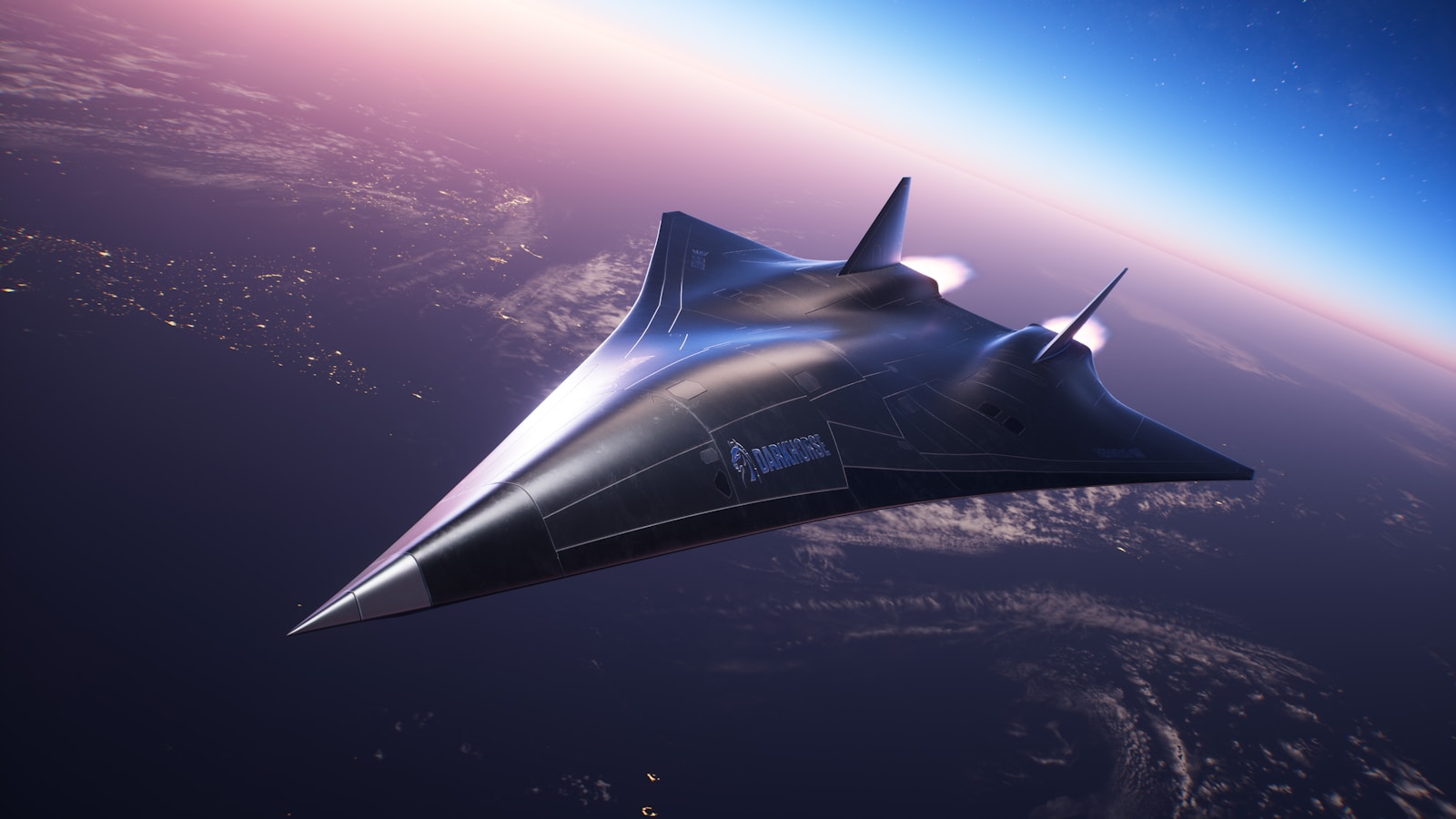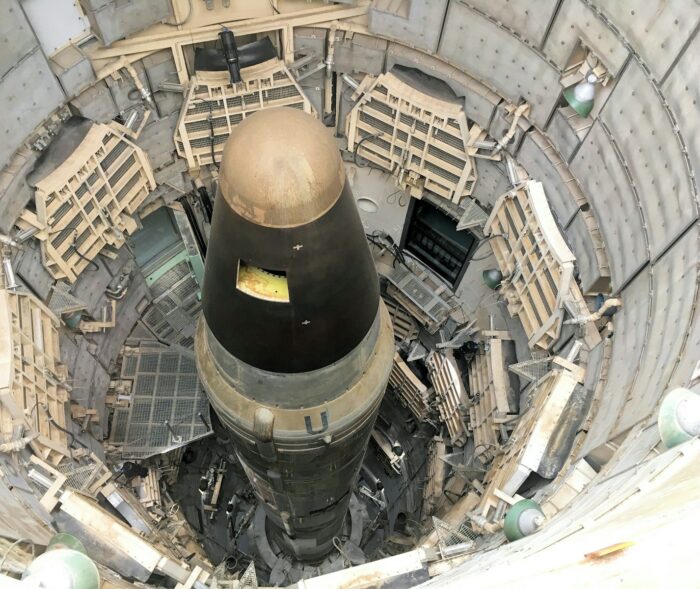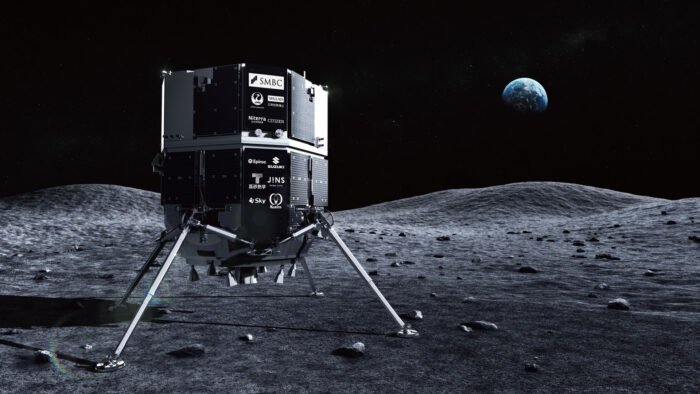Insider Brief
- Chinese researchers have developed a new adaptive control method to enhance the stability and performance of hypersonic reentry vehicles (HRVs) under extreme speeds and unpredictable conditions, addressing longstanding challenges like singularities and disturbance adaptation.
- Hypersonic vehicles, including military jets, missiles, reentry vehicles, and conceptual commercial jets, face unique technical hurdles such as thermal management and coupled motion dynamics but promise transformative applications in defense, commercial aviation, and space exploration.
- The study highlights the strategic significance of hypersonic technologies, as global powers like the U.S., China, and Russia compete to harness their military potential, while companies like SpaceX explore their use for reusable spacecraft and rapid global travel.
A new control method for hypersonic reentry vehicles (HRVs) addresses challenges from extreme speeds and unpredictable environments, offering faster, more robust maneuvering capabilities, according to a team of Chinese researchers. The study, published in an advance online version of the Journal of The Franklin Institute, introduces what the scientists term as an adaptive, nonsingular sliding mode control technique to enhance stability and performance.
Quick Adjustments For Extremely Fast Speeds
Hypersonic vehicles, traveling at speeds exceeding Mach 5, are subject to extreme conditions, including aerodynamic disturbances and rapid changes in flight dynamics. Advances in the control systems of hypersonic reentry vehicles (HRVs) could enhance the performance of other hypersonic technologies, as they address shared challenges like aerodynamic instability, extreme heat, and precise maneuverability at speeds exceeding Mach 5.
Hypersonic vehicles come in several forms, each designed for specific purposes and challenges associated with traveling at these Mach 5-plus speeds. Military hypersonic jets are being developed for reconnaissance and strike missions, leveraging their high speeds to evade detection and interception. Hypersonic missiles, such as glide vehicles and cruise missiles, are designed for precision strikes at unprecedented speeds. Reentry vehicles, such as space capsules and reusable spacecraft, could also be listed in this group because they operate as hypersonic vehicles during their return to Earth, enduring extreme heat and aerodynamic forces as they navigate back through the atmosphere. It’s even possible that commercial hypersonic jets, while still in the conceptual stage, could one day drastically reduce travel times between continents, potentially completing a transatlantic flight in under two hours.
The researchers developed a new control system designed to quickly and reliably adjust a HRV’s position or movement, even when facing unexpected problems like turbulence or equipment changes. This system combines two key elements: a method for making adjustments within a set amount of time — no matter how big the initial problem is — and a tool that constantly watches for disruptions and adapts to handle them in real time.
This approach ensures that the vehicle’s attitude can be adjusted accurately and quickly despite uncertainties, a critical need for both military and civilian applications.
By overcoming the singularity issues seen in traditional fixed-time sliding mode controllers, the new design eliminates potential instabilities. Additionally, the adaptive observer estimates disturbances in real-time, reducing errors caused by external forces or model inaccuracies.
The method’s practical value could be seen to impact military operations, where reliable control under unpredictable conditions is crucial, and to civilian applications such as rapid global transportation systems.
Layered Control Framework
The study employs a layered control framework designed for the complexities of HRVs. It combines:
- Adaptive Disturbance Observer: This component estimates disturbances and uncertainties in fixed time, ensuring stable control regardless of the initial conditions.
- Nonsingular Sliding Mode Control: This feature avoids the singularity issues that can cause instability in conventional methods.
- Dual-Layer Design: The outer control loop generates target commands for the vehicle’s angle, while the inner loop tracks and implements these commands using precise angular adjustments.
Numerical simulations tested the controller under various conditions, such as disturbances and parameter uncertainties. Results showed that the proposed system outperformed existing methods in convergence speed and robustness.
Challenges and Limitations
While the new control method resolves many longstanding issues, the study acknowledges some limitations. Sliding mode control, while robust, can lead to a phenomenon known as “chattering,” characterized by high-frequency oscillations that degrade mechanical components. The adaptive observer mitigates this to an extent, but further refinement would most likely be necessary for prolonged use in systems that are operating in the real world.
Additionally, while the simulations demonstrated the method’s effectiveness, real-world tests are needed to validate its performance under the extreme and variable conditions unique to hypersonic reentry. Factors like atmospheric turbulence and heat-induced material changes may introduce complexities not accounted for in the study.
Future Directions
The researchers suggest several avenues for further investigation for research.
First, the study suggests that integrating this control method with real-world HRV prototypes will help fine-tune its practical application.
In the limitations section, the study mentioned chattering effects. This effect could be reduced through advanced filtering techniques that would enhance a vehicle’s longevity and reliability. Lastly, expanding the framework to accommodate multi-mission objectives—such as rapid shifts between atmospheric and exo-atmospheric operations — could broaden its uses and applicability.
The Strategic Importance of Hypersonic Vehicles
This research marks another step in mastering the operations of vehicles that can withstand excessive speeds. Hypersonic vehicles have drawn increasing amounts of research attention because of their immense potential for both commercial and — especially — defense applications. In a word, these vehicles represent a massive strategic advantage.
Hypersonic vehicles are poised, for example, to transform defense, commercial aviation, and space exploration. In military applications, their extreme speed and maneuverability make them nearly impossible to intercept, driving a global arms race among the U.S., China and Russia. Commercially, hypersonic jets promise to slash intercontinental travel times, though technical hurdles like heat management remain a challenge. In space exploration, hypersonic reentry vehicles ensure the safe return of spacecraft through Earth’s atmosphere. Companies, such as SpaceX, which are interested in the costs of reusable spacecraft are intensely interested in this line of research. (In 2021, the Air Force awarded SpaceX an $8.5 million contract to study advanced materials and manufacturing techniques for heat shields that protect hypersonic vehicles in flight, Real Clear Defense reported.
Control systems for these vehicles have long been a focus of that research due to the vehicles’ unique operational environment. Unlike traditional aircraft, HRVs face unpredictable and complex forces during flight — or nonlinearities, along with coupled motion dynamics where rolling, pitching, or yawing can be interconnected, and significant external disturbances. The study points out that existing methods, such as sliding mode control, have provided a foundation for robust handling, but they fall short in time-critical scenarios, where fast, accurate responses are necessary.
This study builds on two decades of this research and development in finite-time stability theory, refining methods to ensure the settling time depends solely on design parameters. Unlike earlier approaches, the proposed system addresses singularities — points where a control system or mathematical model breaks down, or becomes undefined — and integrates adaptability, making it a potential step forward in hypersonic vehicle control.
The research team included Wei Wang, Jing Yang, and Yuchen Wang are affiliated with the School of Aerospace Engineering at Beijing Institute of Technology in Beijing. Yuxiang Nan represents China North Industries Corporation, also based in Beijing, while Shaoyong Hu is associated with the Shanghai Electro-Mechanical Engineering Institute in Shanghai.
Share this article:










